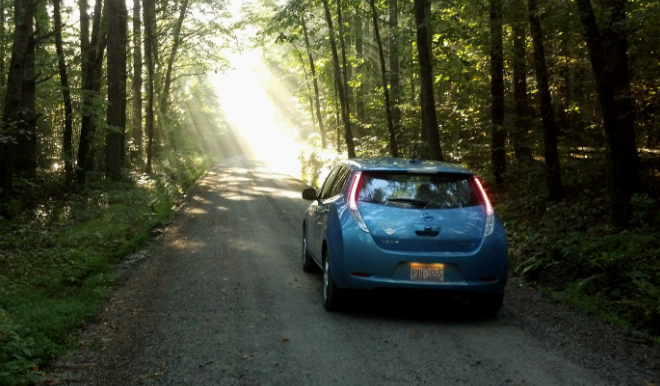Over the past century, trillions of dollars have been spent to develop a sophisticated global infrastructure around petroleum. Gasoline service stations are now so common in the industrialized world that people often forget conventional cars have a limited range.
Today, the same type of infrastructure is being built around electric vehicle (EV) charging. Whenever we see a concentrated initiative to boost EV infrastructure, EV sales grow in the corresponding region. Public and private initiatives, particularly investments in charging stations, have created a virtuous cycle of expanding EV sales around the country.
We’ve seen the same phenomenon elsewhere, including Norway, an oil-rich nation that has made an aggressive push to create a cleaner, less oil-dependent transportation system. There’s also a huge potential for EVs in China, where the government has recently adopted strong policies to support electric vehicles.
Another encouraging sign is the growth in commercial fleets. Electric trucks and vans can get deliveries done quickly by using high-occupancy-vehicle lanes, and in big cities, they avoid hefty congestion fees because they have zero tailpipe emissions. Midsize EVs, like the Nissan LEAF, make excellent fleet options as well. According to Eric Schaal at Fleetcarma.com, the Nissan LEAF “serves fleets best for administrative functions that require frequent travel.” Companies with large vehicle fleets love the inherent low operating costs of EVs too.
The cost of ownership for EVs is also traditionally much less than a gas-powered car. “Filling up” can be done at home, while out running errands or at many other locations throughout urban areas. Charging where it’s convenient means no more trips to the gas station. And with fewer moving parts, stops for routine maintenance are much fewer too.
EVs can also be charged at home or work; a typical home EV charger costs less than $2,000 to install. In the United States, there are more than 16,000 charging stations, including about 300 stations across Texas. The complete list can be found at PlugShare.com. Additionally, Nissan has played a part in the installation of 55 percent of all CHAdeMO fast-charge connections to date across the U.S.
Spare the air: millions of gallons of petroleum saved
While reducing petroleum dependence, EVs simultaneously increase consumer choice – creating an important shift in the car market. As the EV market continues to grow, consumers will enjoy even more mainstream EV options and greater range.
For the foreseeable future, there’s little doubt battery EVs will remain the most practical and affordable zero-emission option. The biggest advantage of battery EVs is that they can tap into existing electric infrastructure. Nissan firmly believes that robust electric infrastructure is key to the growth of EVs, which is why the company is dedicated to building public and convenient EV charging stations across the U.S.
What’s clear today is people will increasingly have more and more electric vehicle choices. Embracing electric vehicles means both consumers and the environment will win.
For more information on Nissan’s work with EVs, please visit NissanUSA.com, or visit Nissan USA on Twitter and Facebook.
Sponsored Content





